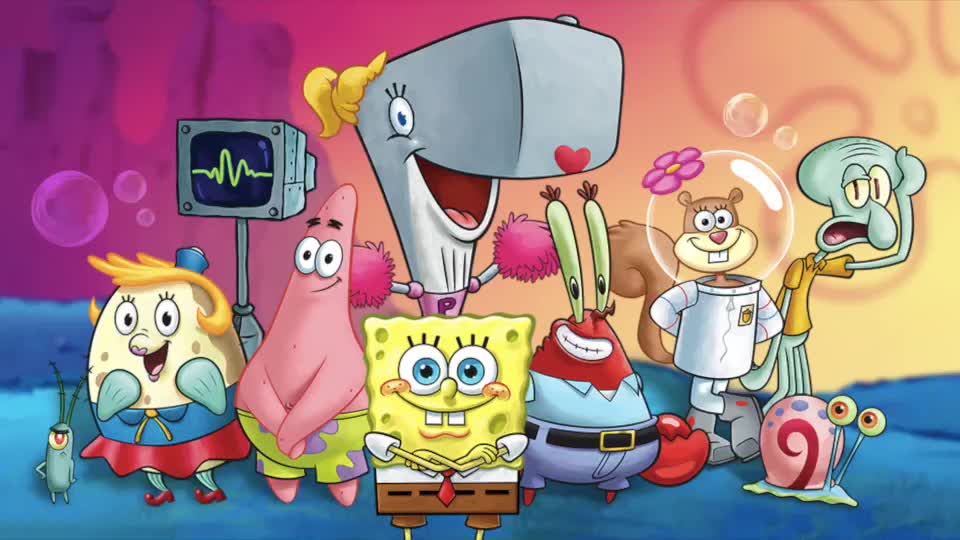Introduction
Ccaarrlluuccccii, an intriguing and mystifying phenomenon, captures the imagination with its complexity and enigmatic nature. As a linguistic curiosity, it sparks curiosity and prompts exploration into its origins, structure, and significance.
The Origins and Evolution of Ccaarrlluuccccii
Ccaarrlluuccccii’s origins trace back to the realms of language and communication. Its distinctive repetition of letters underscores its phonetic peculiarity, suggesting a deviation from conventional linguistic patterns. Over time, Ccaarrlluuccccii has evolved into a symbol of linguistic playfulness and creativity, challenging conventions and defying categorization.
The Linguistic Significance of Ccaarrlluuccccii
In linguistic discourse, Ccaarrlluuccccii serves as a case study in phonetics, phonology, and morphology. Its repetitive structure invites analysis of syllable patterns, vowel-consonant alternations, and morphemic elements. Linguists explore Ccaarrlluuccccii’s role in speech production, perception, and comprehension, shedding light on the intricate mechanisms underlying human language.
Ccaarrlluuccccii in Popular Culture and Media
Beyond academic inquiry, Ccaarrlluuccccii finds resonance in popular culture and media. From tongue-twisters and word games to literary works and advertising slogans, Ccaarrlluuccccii captivates audiences with its whimsical charm and rhythmic appeal. Its playful repetition infuses humor, intrigue, and memorability into linguistic artifacts, leaving an indelible mark on the collective consciousness.
Exploring the Psychological Impact of Ccaarrlluuccccii
Psychologically, Ccaarrlluuccccii elicits cognitive responses and emotional reactions. Its repetitive structure engages neural circuits associated with pattern recognition and auditory processing, stimulating curiosity and amusement. Psycholinguistic studies delve into the cognitive mechanisms underlying Ccaarrlluuccccii’s perception, memory encoding, and retrieval, unraveling the intricacies of human cognition and language processing.
Ccaarrlluuccccii as a Symbol of Creativity and Innovation
Ccaarrlluuccccii embodies the spirit of creativity and innovation in linguistic expression. Its unconventional form challenges linguistic norms and conventions, inviting experimentation and exploration. Writers, poets, and artists harness Ccaarrlluuccccii’s rhythmic cadence and visual symmetry to evoke emotion, provoke thought, and push the boundaries of linguistic aesthetics.
Also read this" // Rivenisnet: A Comprehensive Exploration: Unlocking the Potential "
Conclusion
In conclusion, Ccaarrlluuccccii stands as a testament to the boundless diversity and ingenuity of human language. Its multifaceted nature transcends disciplinary boundaries, captivating linguists, psychologists, artists, and enthusiasts alike. As we unravel the mysteries of it, we gain insights into the profound complexity and beauty of language, affirming its enduring relevance in the tapestry of human experience.
(FAQs):
1. What is the origin of Ccaarrlluuccccii as a linguistic phenomenon?
Ccaarrlluuccccii’s origin as a linguistic phenomenon is rooted in the exploration of phonetic patterns, syllable structures, and morphemic elements. Its repetitive form challenges conventional linguistic conventions and invites inquiry into the mechanics of human language production and perception. While the exact origins of it remain unclear, it has emerged as a symbol of linguistic playfulness and creativity, sparking curiosity and intrigue among linguists and language enthusiasts alike.
2. What psychological factors contribute to the appeal of it?
Ccaarrlluuccccii’s appeal lies in its ability to engage cognitive processes associated with pattern recognition, auditory processing, and memory encoding. Its repetitive structure stimulates neural circuits responsible for language comprehension and emotional response, eliciting curiosity, amusement, and aesthetic appreciation. Psycholinguistic studies explore the cognitive mechanisms underlying Ccaarrlluuccccii’s perception, highlighting its role in shaping linguistic cognition and aesthetic preferences.
3. Are there cultural variations in the perception and interpretation of Ccaarrlluuccccii?
Yes, cultural variations may influence the perception and interpretation of it, reflecting diverse linguistic traditions, aesthetic preferences, and communicative norms. In some cultures, repetitive linguistic patterns may carry symbolic significance or evoke specific cultural associations. Cross-cultural studies examine the cultural context and social significance of it, shedding light on its role as a cultural artifact and expressive medium across different linguistic communities.
4. How does Ccaarrlluuccccii compare to other linguistic phenomena, such as tongue-twisters and palindrome?
It shares similarities with other linguistic phenomena, such as tongue-twisters and palindrome, in its emphasis on phonetic repetition and structural symmetry. However, Ccaarrlluuccccii’s distinctive form distinguishes it as a unique linguistic artifact, prompting distinct cognitive and aesthetic responses. Comparative linguistic analysis explores the similarities and differences between it and other linguistic phenomena, illuminating their respective contributions to linguistic theory and practice.










